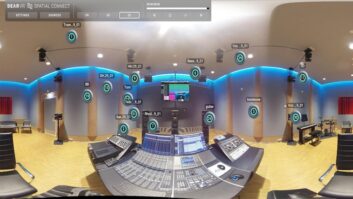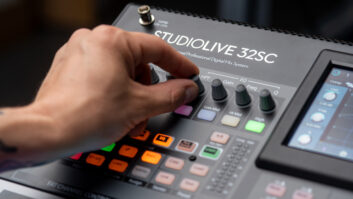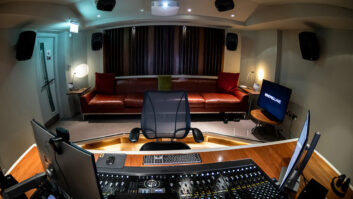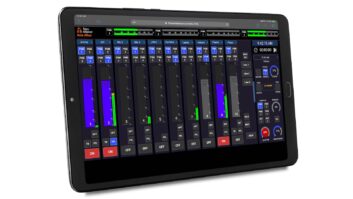
Photo: Shervin Lainez
Engineer/studio owner Eli Crews moved from Oakland, Calif., to Brooklyn about a year ago to become the chief engineer at musician/producer Shahzad Ismaily’s new Prospect Heights studio. Things didn’t go exactly as Crews had planned; the studio construction was held up by the permit process, with the grand opening now scheduled for the end of 2013.
However, Crews has had no trouble filling his time; he set up a Pro Tools 10 mixing rig, with Metric Halo and UA Apollo interfaces, in his apartment, and he’s been happy about the mixes he’s getting. “I do the summing through a Shadow Hills Equinox, so I have that analog mixdown stage at the end,” Crews says. “I go through a couple different analog stereo boxes; sometimes I’ll use the Empirical Labs Lil Freq EQs, and I just got this Elysia Xfilter stereo EQ that I really like.”
One of the first projects he tackled was Run Fast by Kathleen Hanna’s synth-punk project, The Julie Ruin. “Andre Kelman recorded the album at Oscilloscope, the Beastie Boys’ studio in Manhattan,” Crews says. “We mixed two of the songs there, attended by everybody in the band so we could all spend a couple of days in a room together, which we couldn’t do in my home studio.”
Crews mixed the other 10 tracks in the space he calls Ham Radio Hobby Room. He uses lots of UA and SoundToys plug-ins to push sounds to the next level, such as on Hanna’s high, aggressive vocal. “I’ll use SoundToys’ Filter Freak [as a vocal effect], and generally some kind of delay, too—a UAD Space Echo or Echoplex—to get a megaphone-y sound,” he says. “For distortion I love the SoundToys Decapitator or the Devil-Loc.
“We were going for a crunchy overdriven sound, especially on the drums. Some tracks were already a little distorted; I would take that a little further, again with the Devil-Loc. There’s a fine line between getting something punchy and in-your-face and it becoming too abrasive. Finding that sweet spot where it’s exciting but not fatiguing is something I strive for.”







